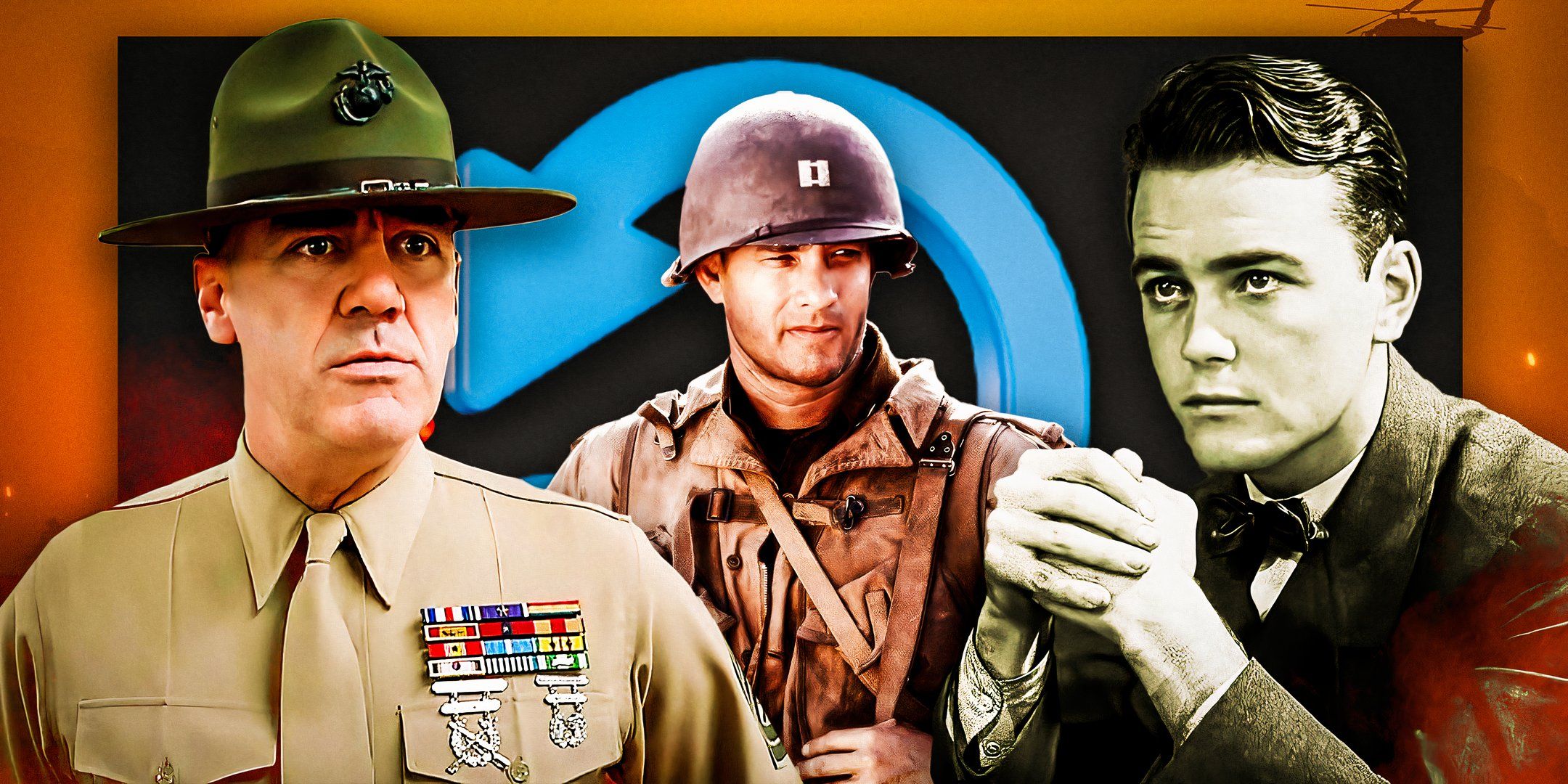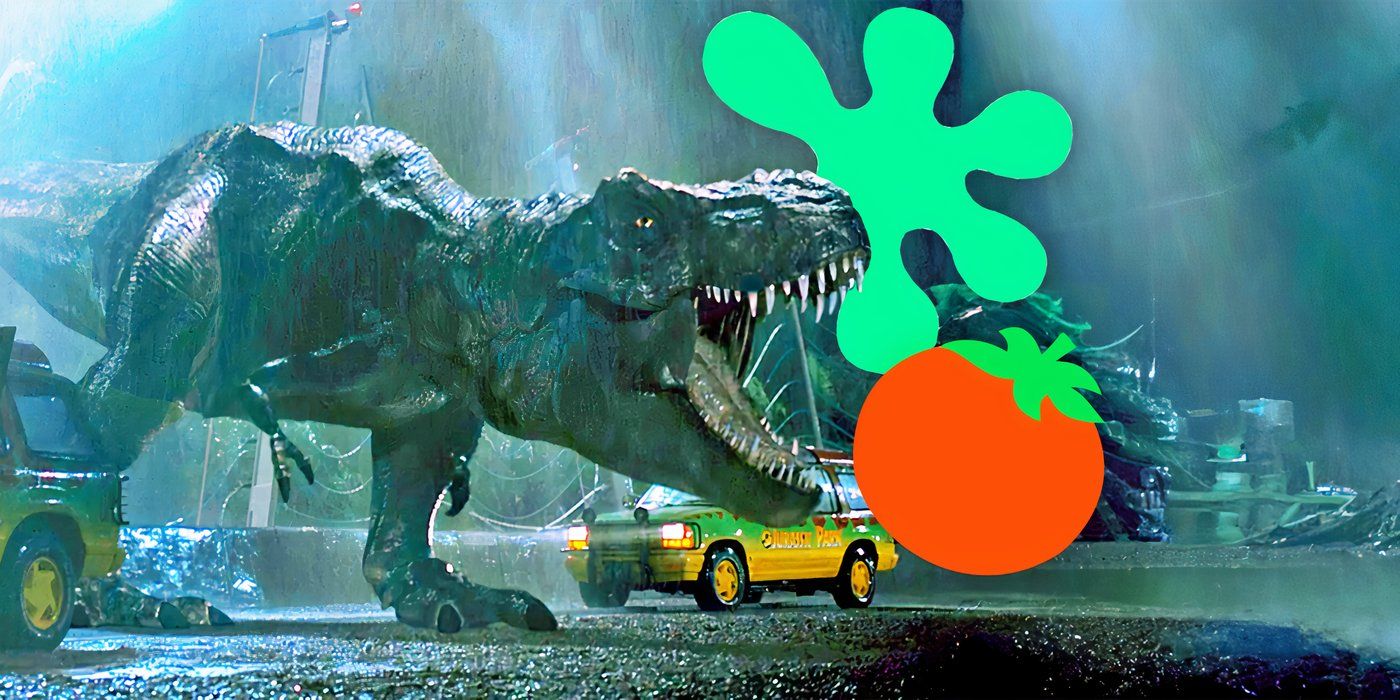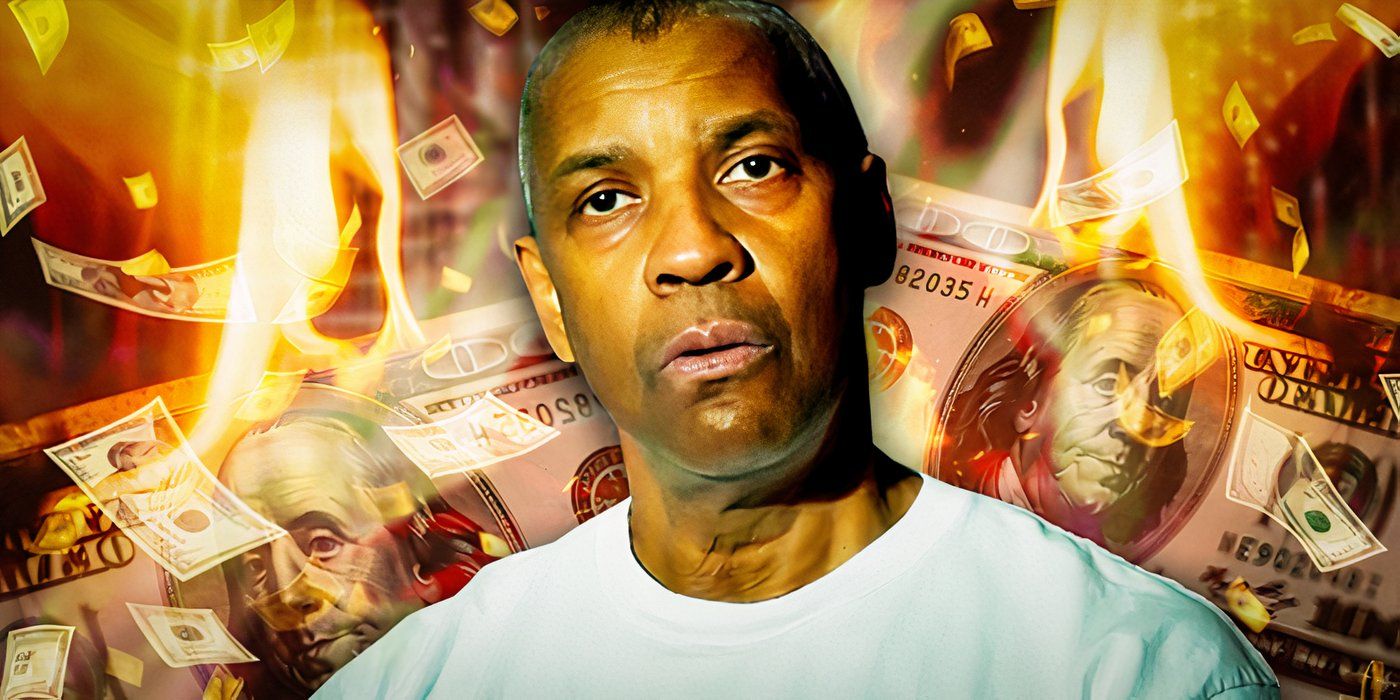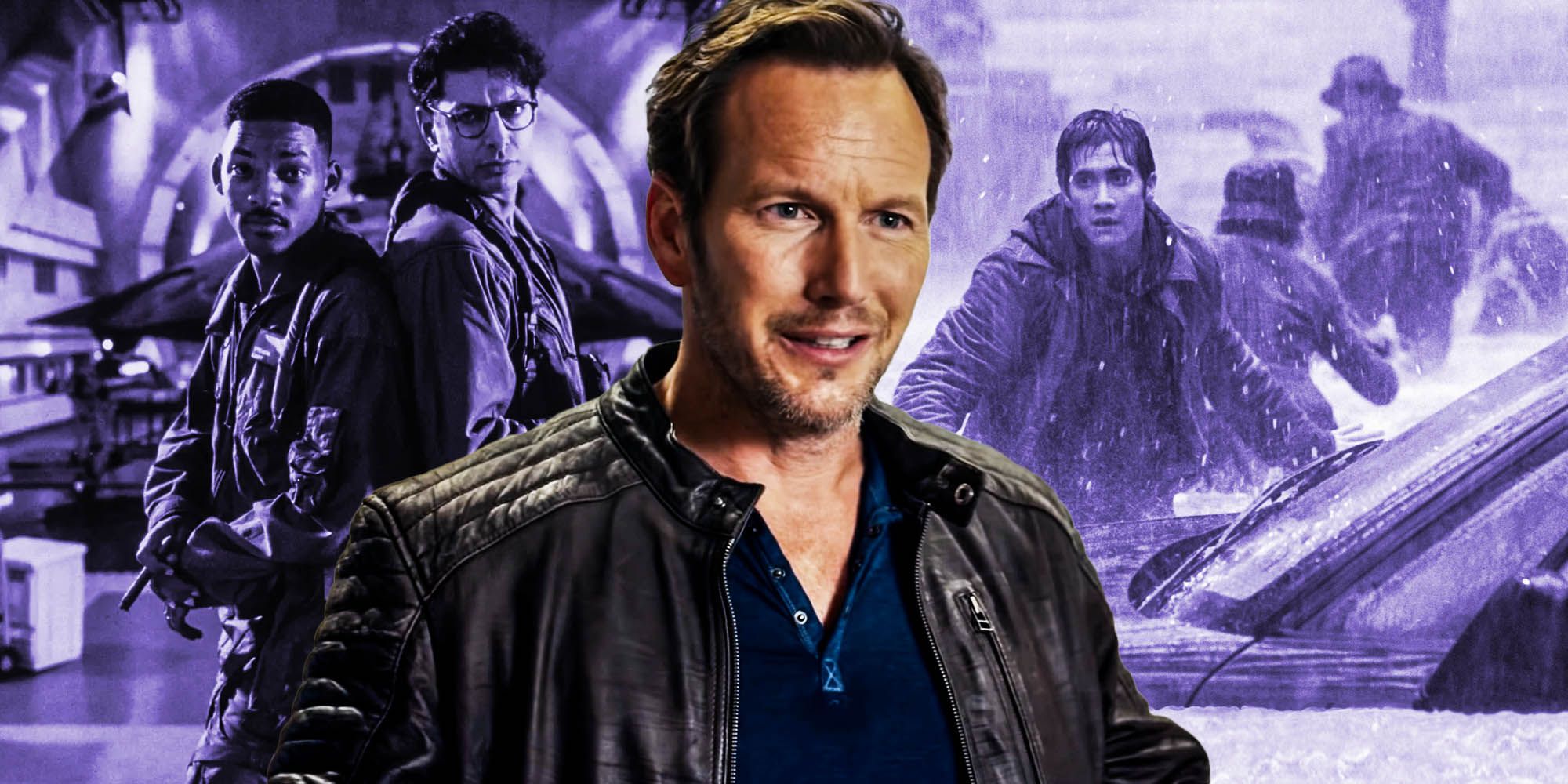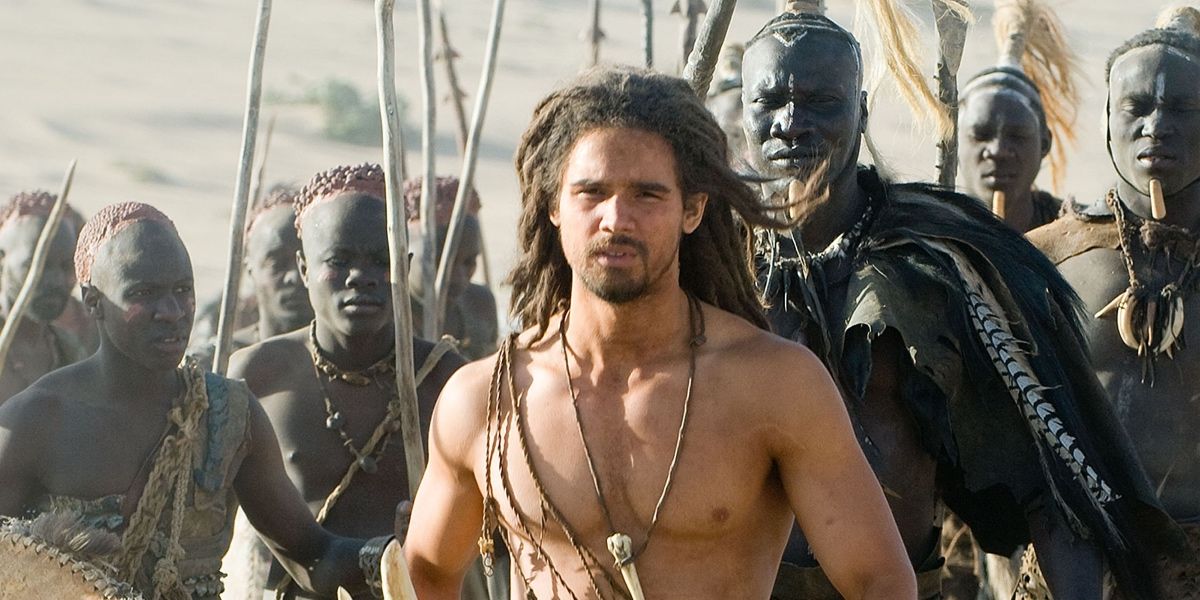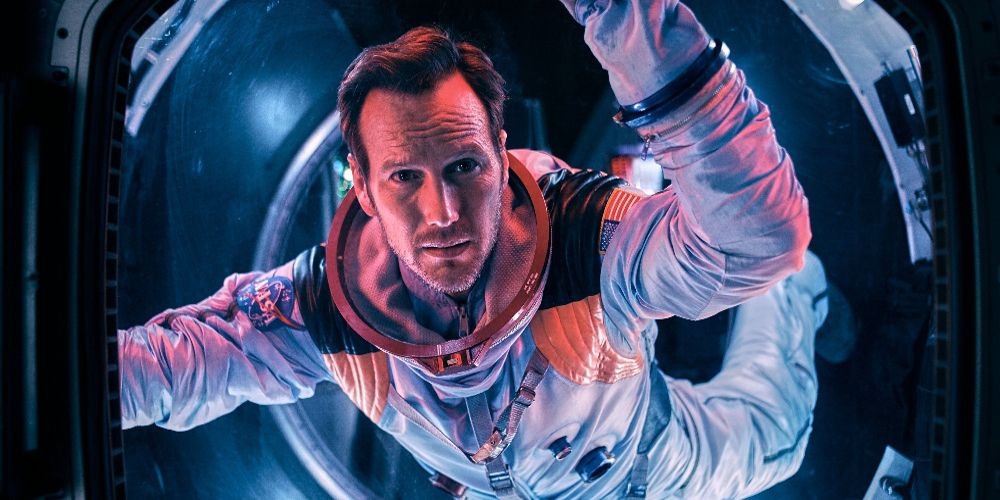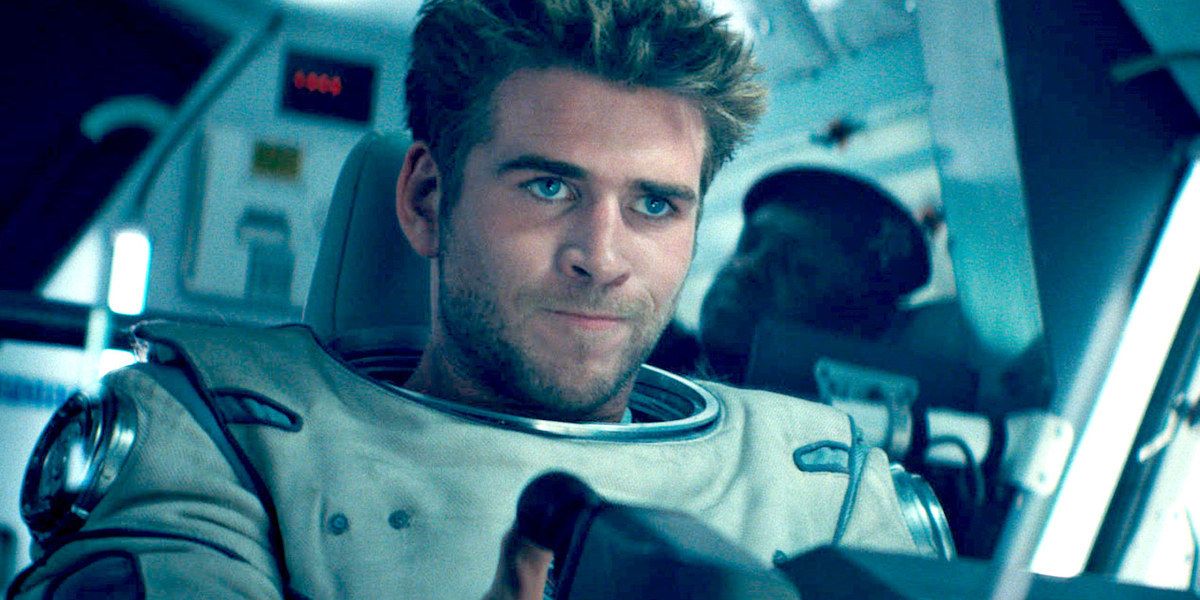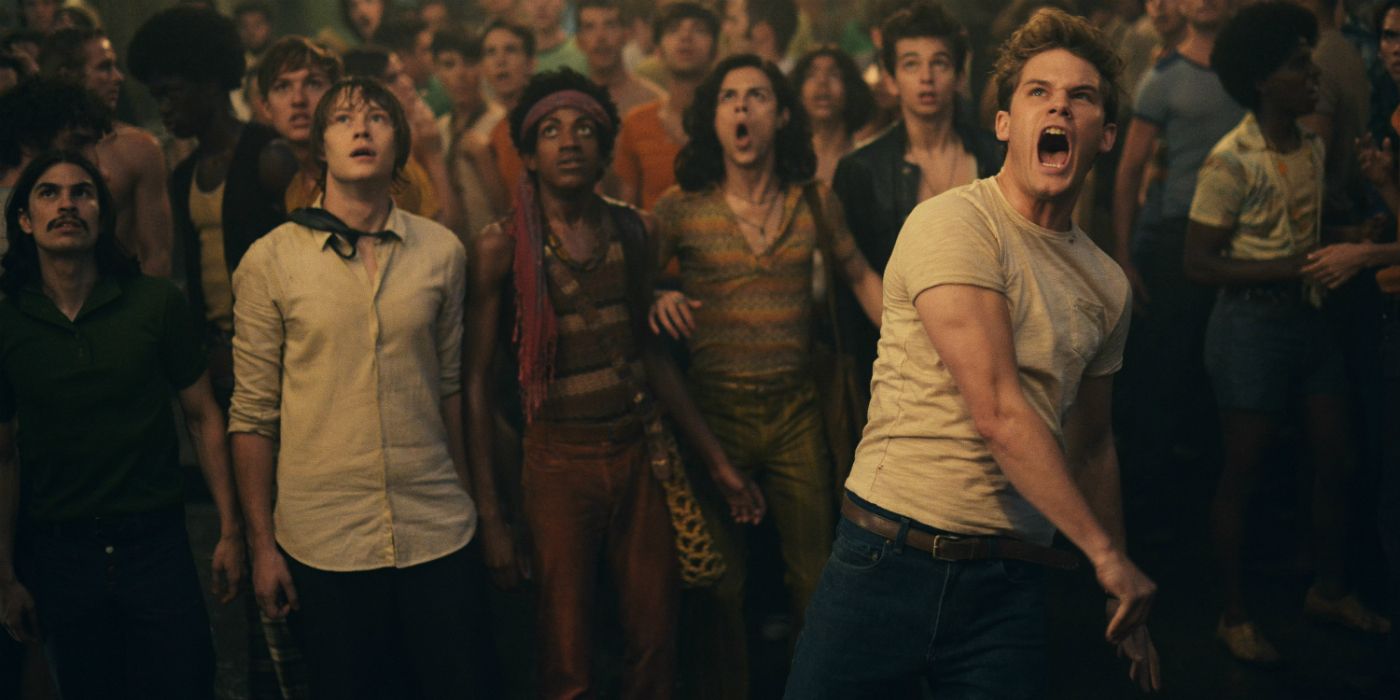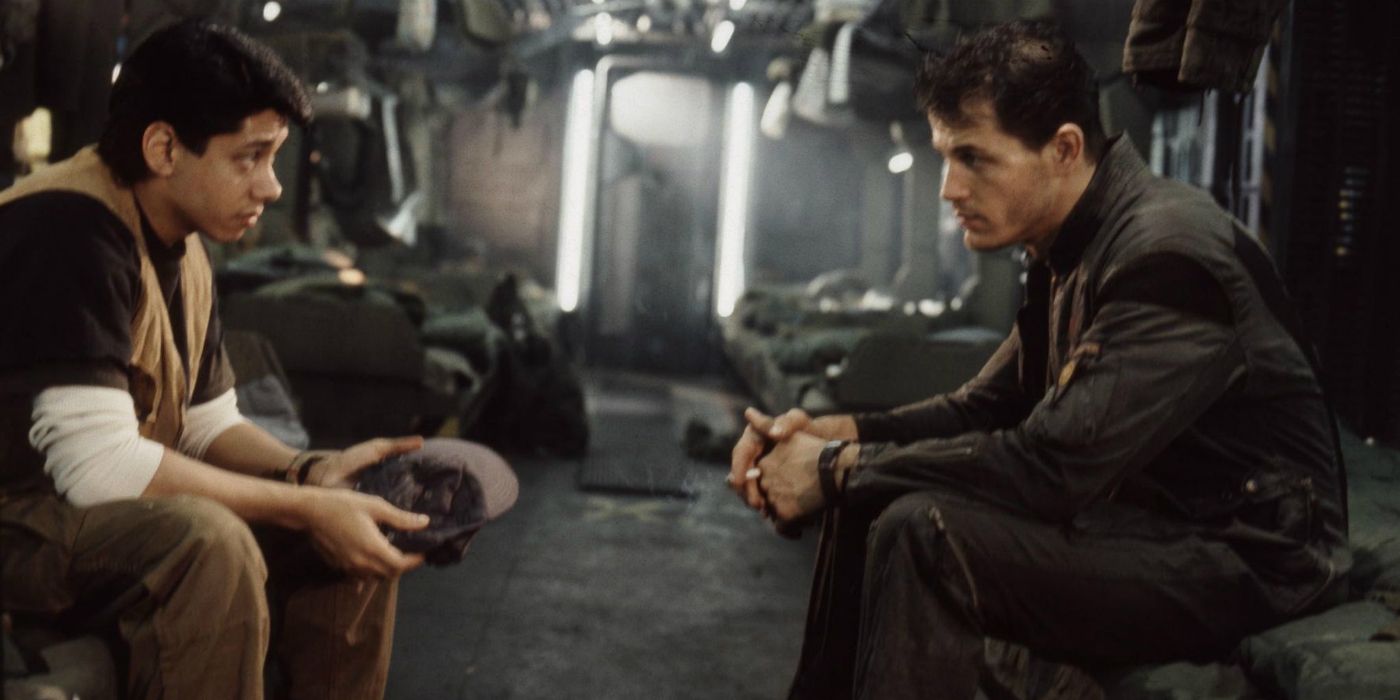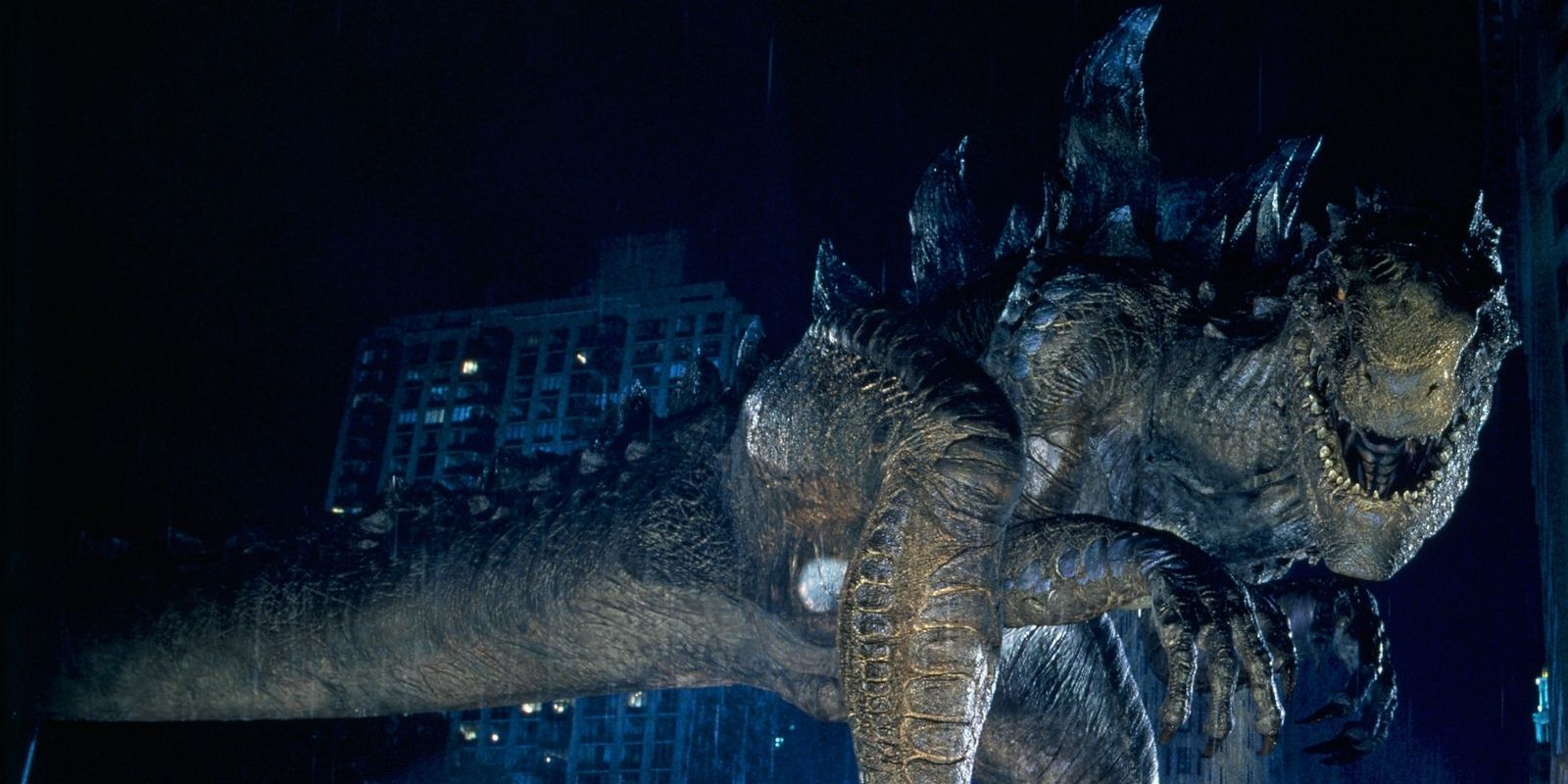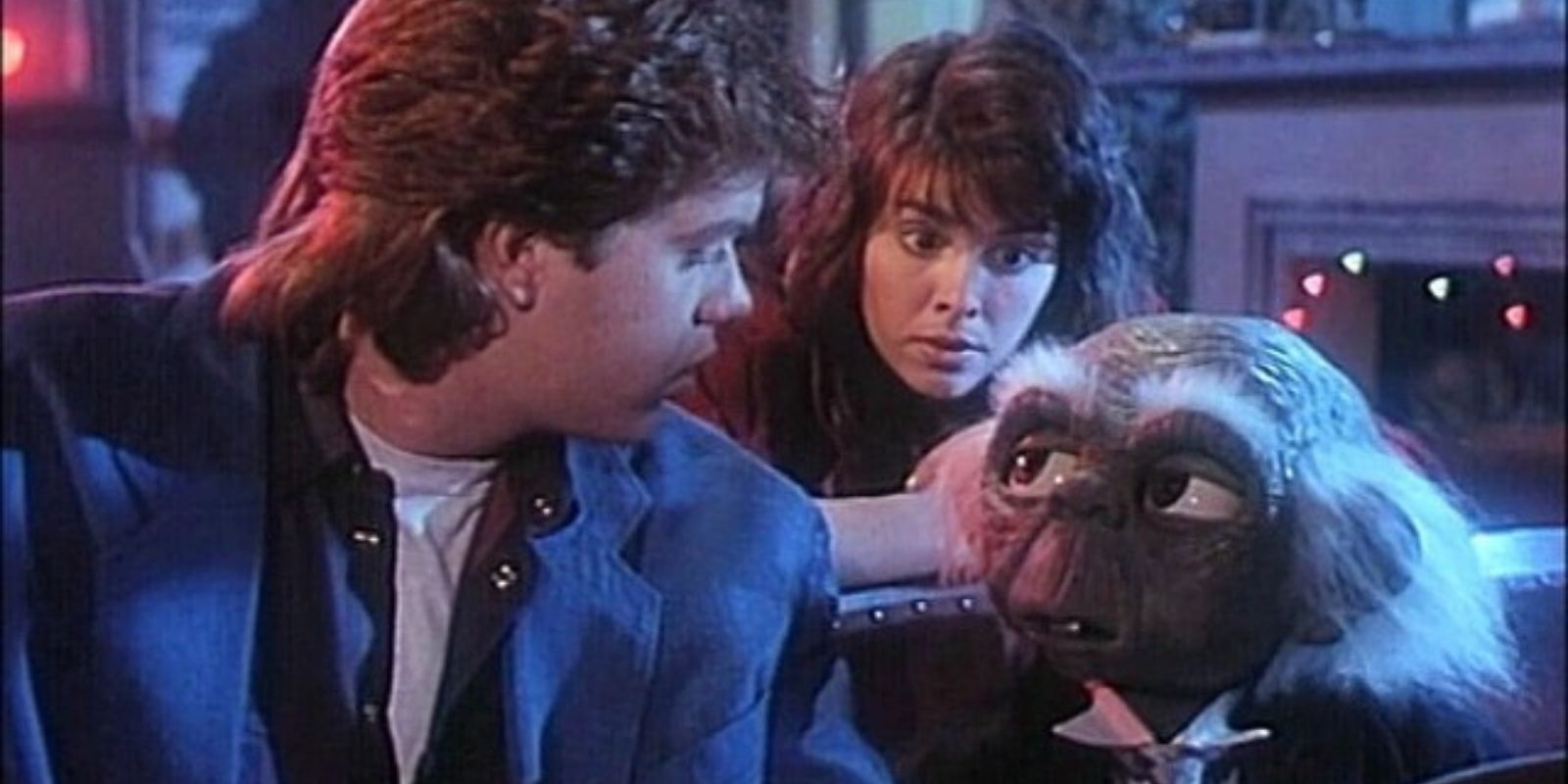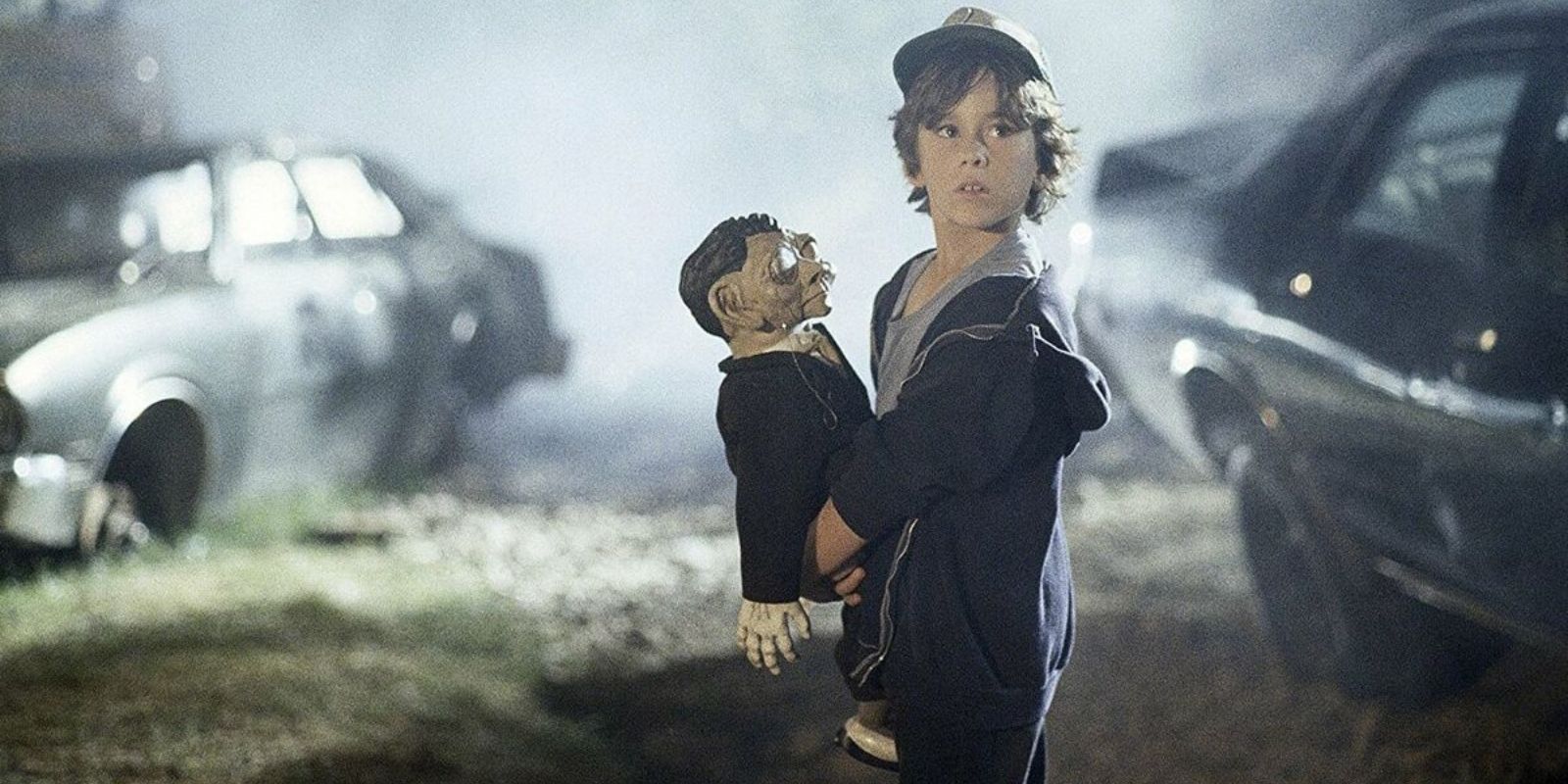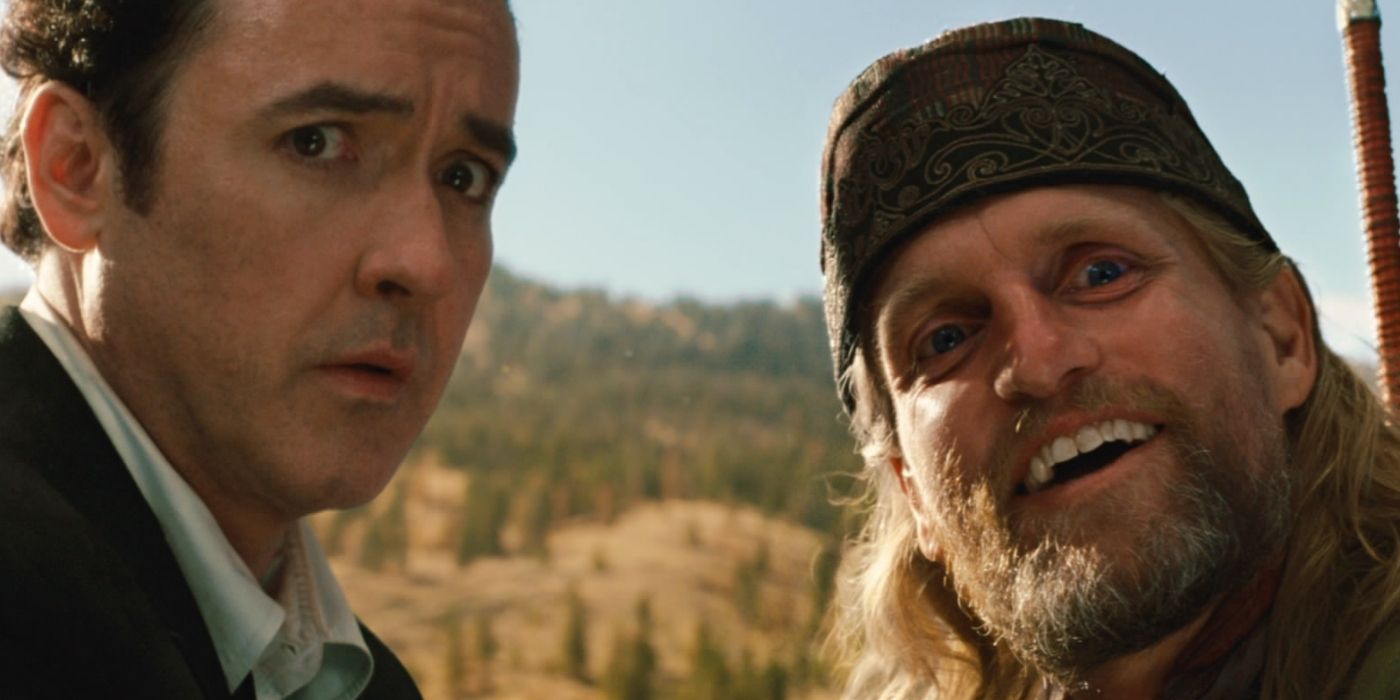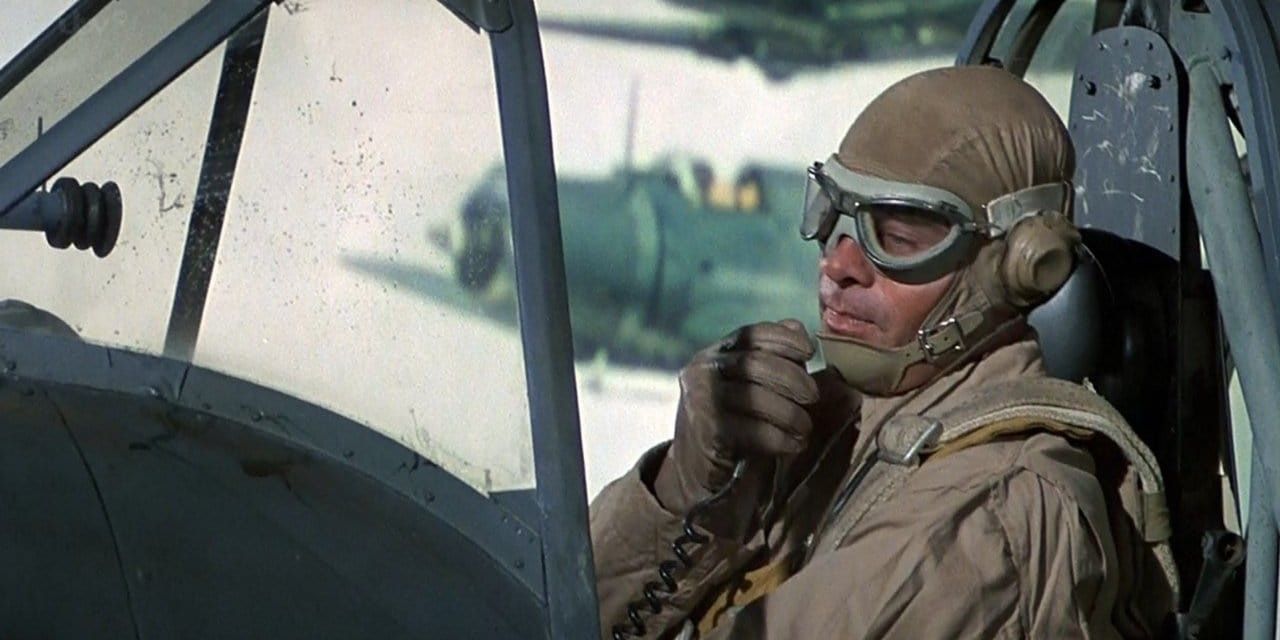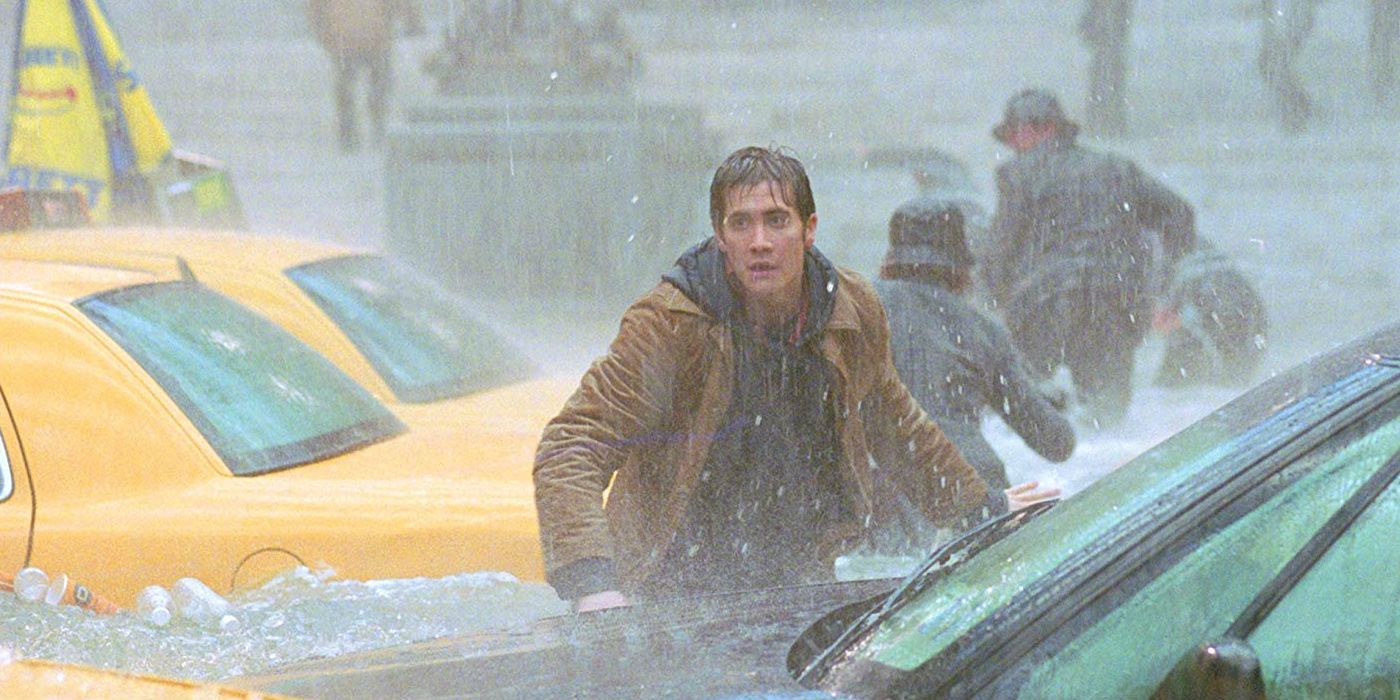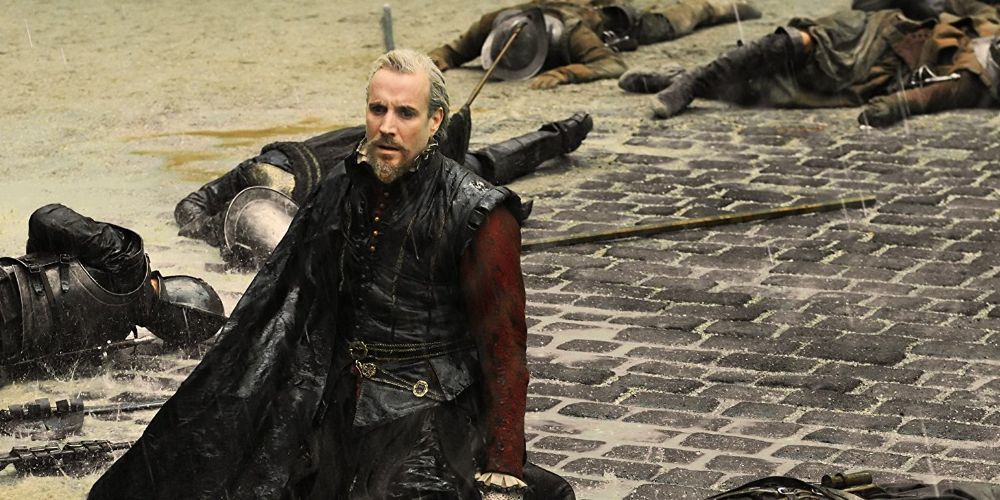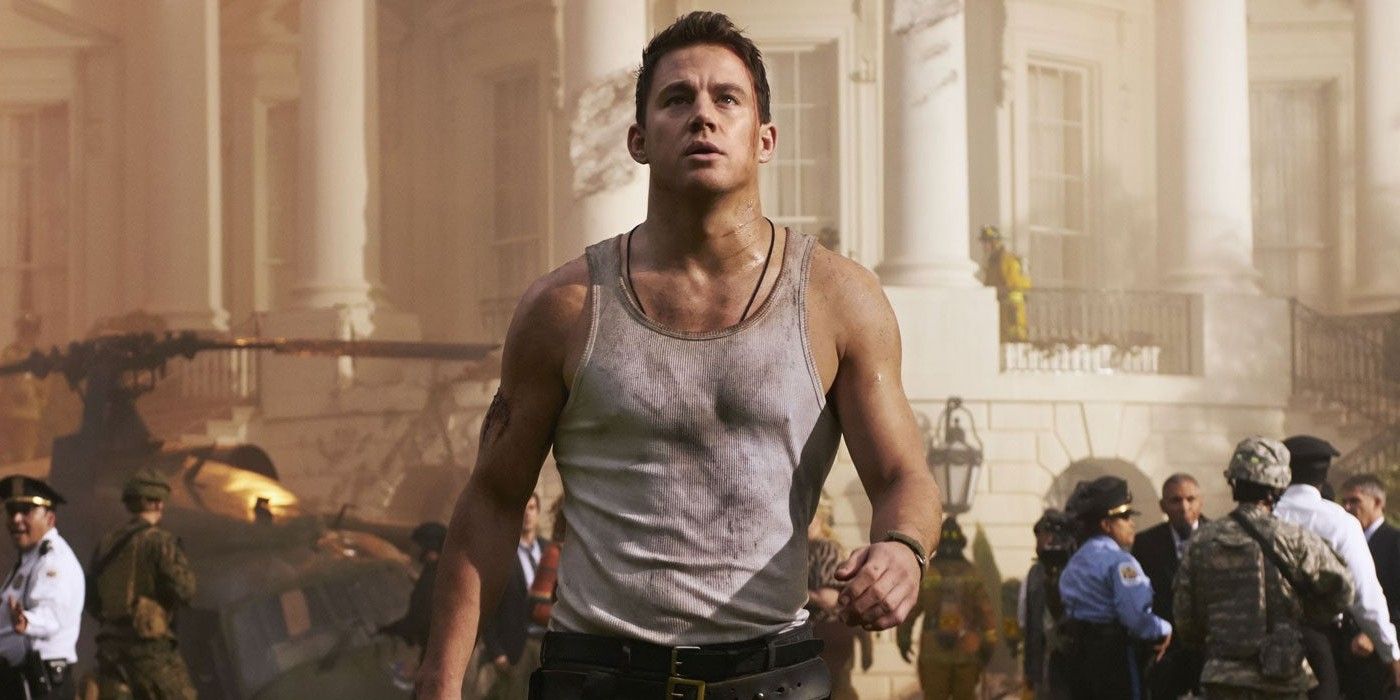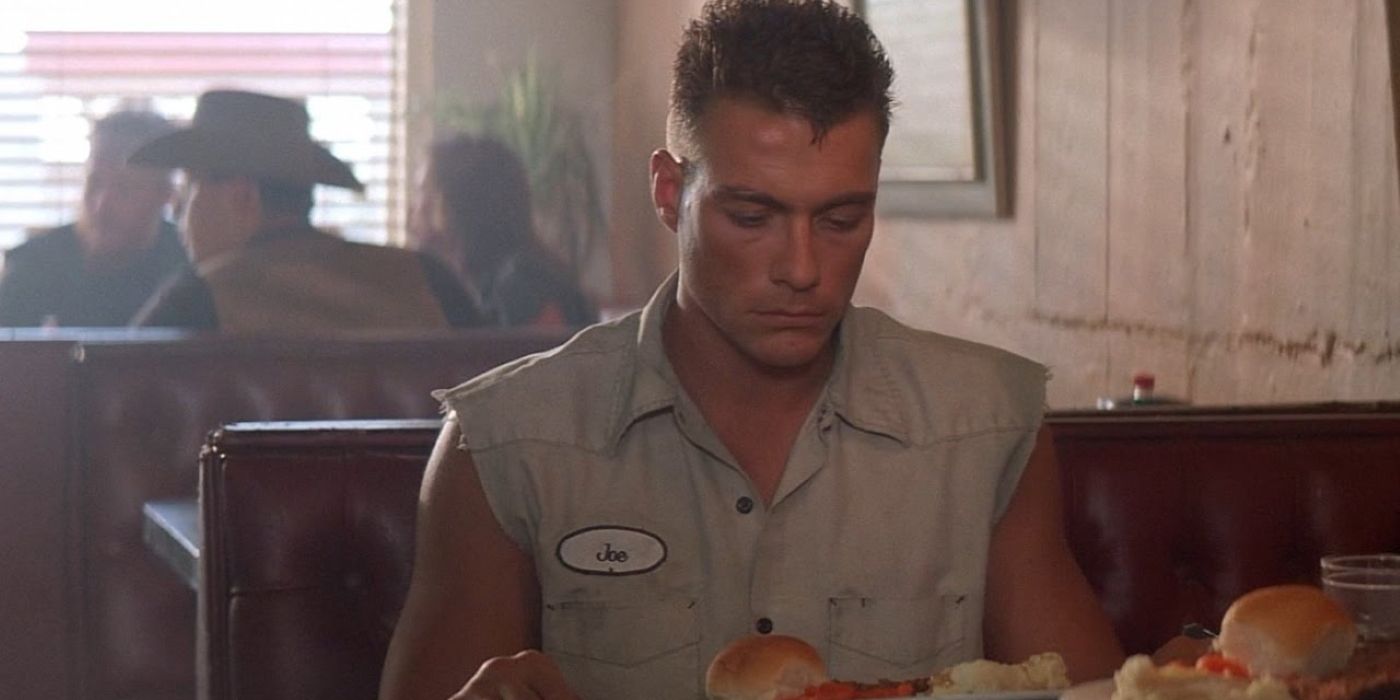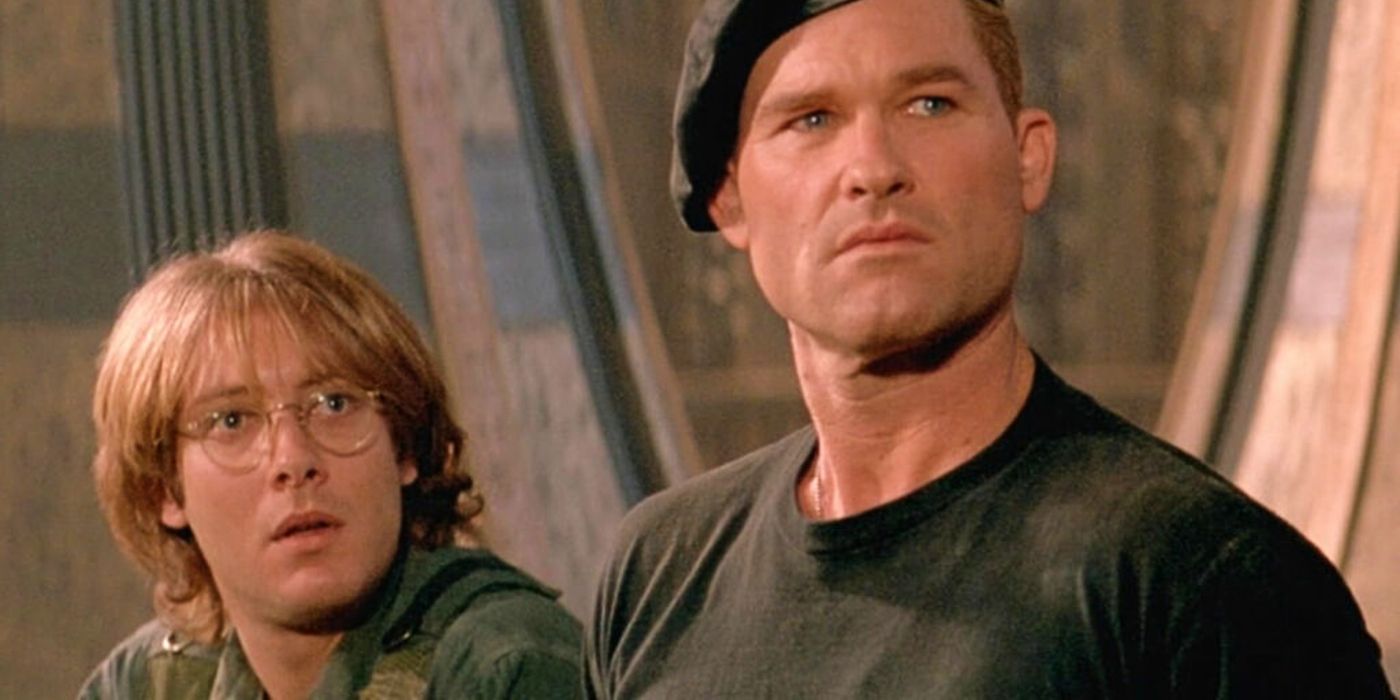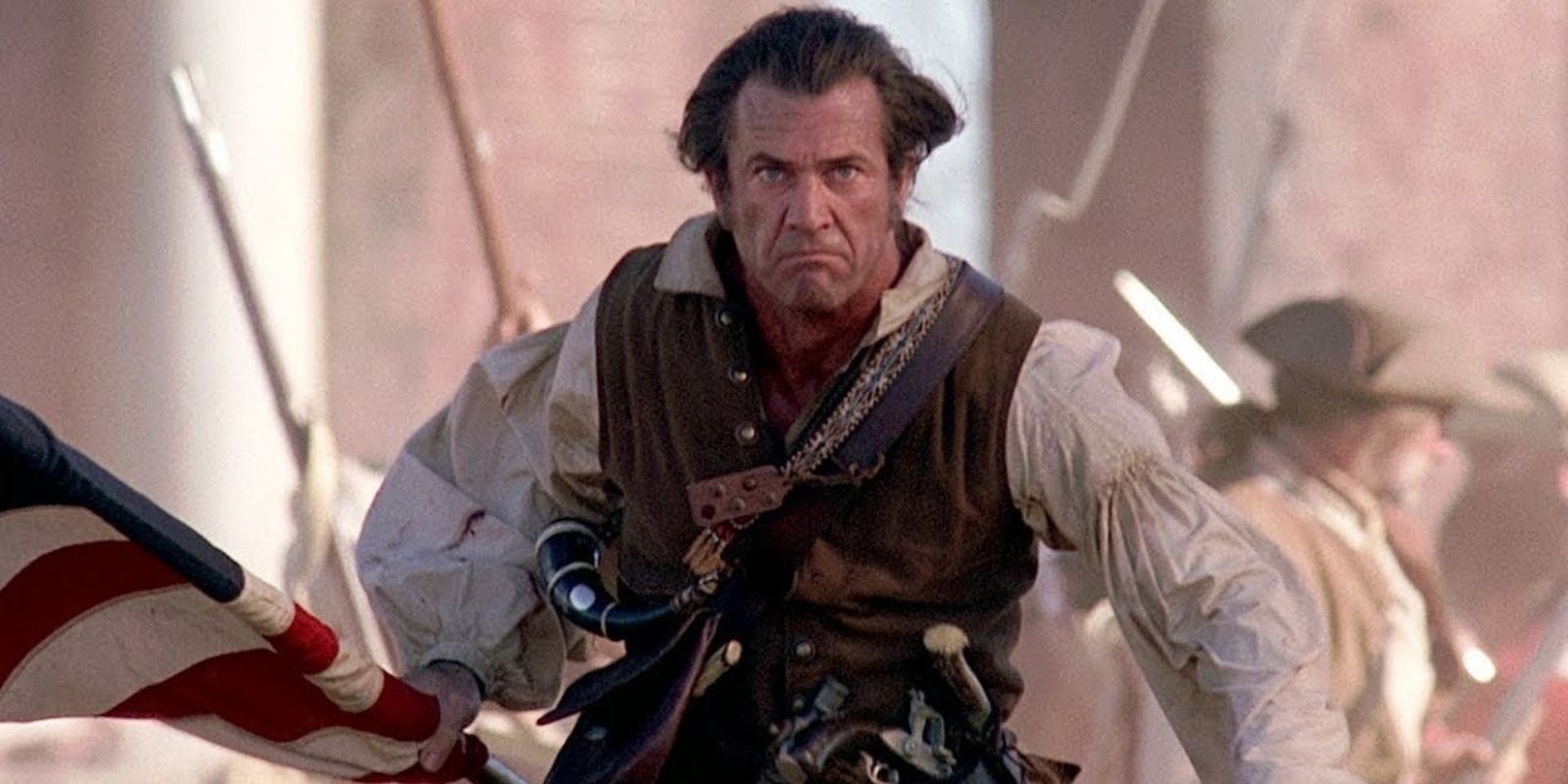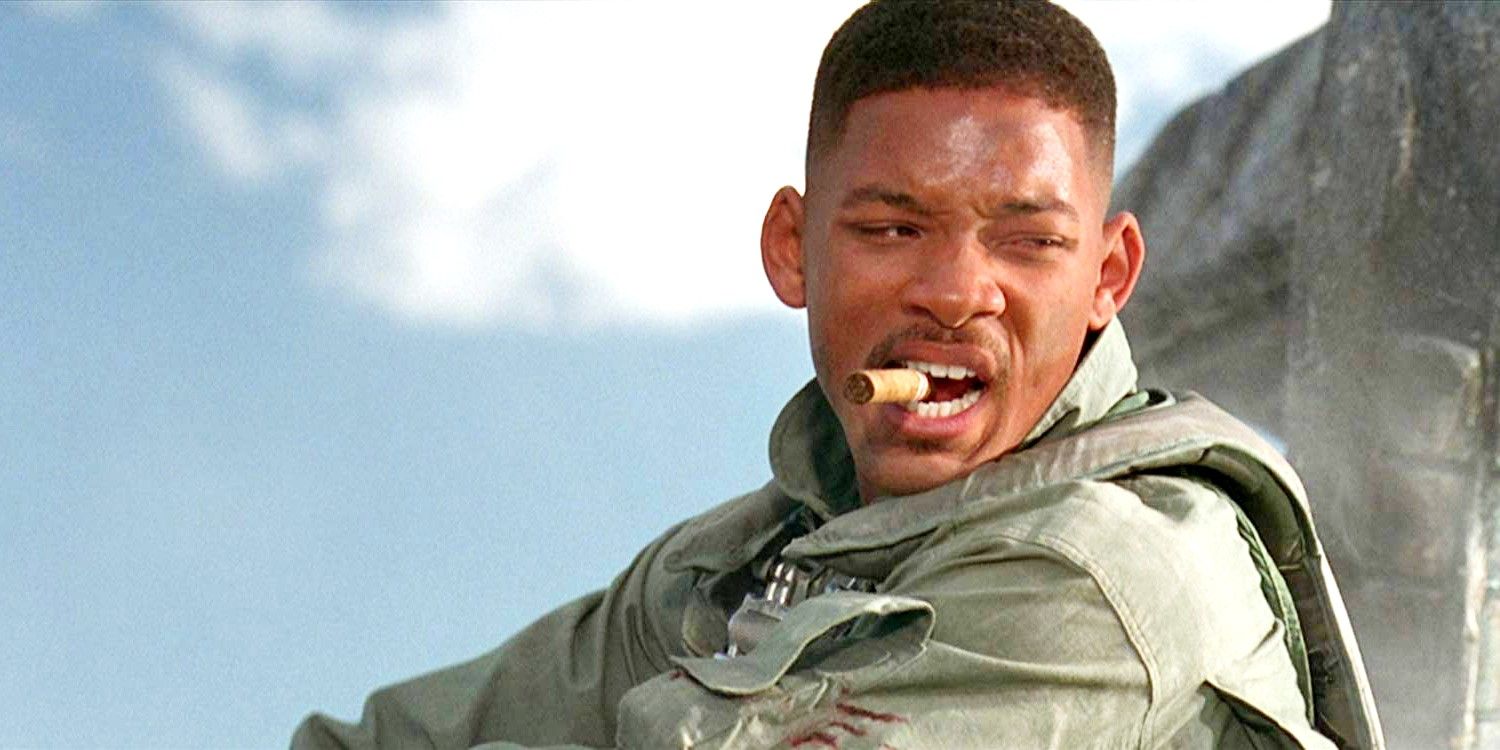Roland Emmerich is a filmmaker best known for his visual spectacles in the disaster and sci-fi genres—here is a comprehensive guide to every film he has directed up to Moonfall, ranked from worst to best. The German director made his first film, The Noah’s Ark Principle, as part of a university thesis as a student at the University of Television and Film Munich, establishing himself in genre filmmaking. While many of his films have been critically panned, Emmerich’s filmography has earned over $3 billion worldwide, making him the fifteenth-highest grossing director of all time.
With record-breaking box office numbers for several of his films, Emmerich has been proud of his aim to make popcorn movies. The filmmaker is unconcerned with the poor critical reception for many of his films, though Roland Emmerich has been critical of other filmmakers’ mistakes in interviews, recently blaming Marvel, DC, and Star Wars for ruining the movies. This is somewhat ironic considering the director has often named Star Wars as an early inspiration, even including Darth Vader in a key sequence of his early ghost film, Making Contact.
Along with directing, Emmerich typically also contributes to film projects as a writer and producer, giving him greater control over the end results. This has also allowed him to focus on the large-scale spectacles he is best known for, especially within the disaster genre. This has earned the director a title as “master of disaster” within the industry, though he has also made several films outside of the genre. Emmerich has also been vocal about his love of the genre he is best known for, and once listed his favorite disaster films, including many that have inspired his career in filmmaking. Here is a list of every film directed by Emmerich, ranked from worst to best.
17. 10,000 BC
Although 10,000 BC was a financial success at the box office, it was critically panned for a complete disregard for historical accuracy, not to mention basic logic and coherent storytelling. The prehistoric era epic stars Steven Strait as a woolly mammoth hunter who inadvertently becomes the leader of his tribe and discovers an advanced civilization using slaves and trained mammoths to build the pyramids. As mediocre as the CG animals may be, they still manage to feel more lifelike than the flatly written human characters in the film. James Berardinelli put it best when he said “10,000 B.C. isn't only brain-dead, it's completely dead. It's inert and without a heartbeat.”
16. Moonfall
Those hoping Moonfall might redeem Roland Emmerich after a series of recent critical failures are likely to be disappointed. The plot of his latest disaster epic combines two of Emmerich’s favorite story elements: an alien invasion narrative and a series of CG-heavy destruction sequences. Unfortunately, it is a poor example of each, muddling the story even further by adding artificial intelligence into the mix. After a prologue sequence that shamelessly borrows from the impressive opening to Gravity, Moonfall continues a derivative mash-up of better films, some of which were made by Emmerich himself. The plot twist involving a hollow moon somehow manages to be the least absurd part of Moonfall, including a set-up as silly as Independence Day 2’s ending.
15. Independence Day: Resurgence
Even Bill Pullman and Jeff Goldblum returning to reprise their roles was not enough to save Independence Day: Resurgence, a sequel that took 20 years to get made. The film’s failures start with the silly screenplay, which begins with an idealized vision of the future in which every nation on Earth has been at peace since the first alien attacks. Independence Day was a definitive release in the development of the “event film,” but the sequel just feels like a cheap copy. Everything is bigger in Independence Day: Resurgence, but Emmerich loses sight of what made the first film work by getting lost in the CG-heavy action sequences. When Will Smith turned down Independence Day: Resurgence, he made a wise decision, even though it resulted in him making Suicide Squad instead.
14. Stonewall
For years Emmerich discussed the possibility of making a more personal film, but his decision to tackle the 1969 Stonewall riots was quickly met with skepticism from those familiar with his body of work. Although Stonewall is primarily a coming-of-age narrative for protagonist Danny Winters (Jeremy Irvine), a gay teenager from Indiana who travels to New York after being shunned by his family, the narrative culminates in a climactic portrayal of the riots that kicked off the gay liberation movement in New York City. Good intentions were not enough to save the film from being panned by critics and protested by civil rights groups offended by the director’s choice to whitewash the historical events. If nothing else, Stonewall inspired discussions regarding historical accuracy and the obligation of filmmakers like Emmerich.
13. Moon 44
Despite only being released theatrically in Germany, Emmerich made Moon 44 in English with hopes that it would provide new opportunities in filmmaking. This low-budget sci-fi action film has a nonsensical and overstuffed storyline involving an undercover cop, convicts being used as cheap labor to mine resources from a moon, and an android threat, but it did lead to Emmerich being hired as the replacement director for Universal Soldier. Even though the film takes itself too seriously to be much fun, it does feature some impressive action sequences involving space helicopters.
12. Godzilla
Godzilla has been successfully revived in recent years, both with new Toho Studio installments and in Legendary's MonsterVerse, and Emmerich’s disastrous adaptation is partially responsible. Toho hated the 1998 Godzilla movie so much that they decided to make Godzilla 2000 as a result, spawning the Millennium series. While Emmerich’s film is not faithful to the legacy of the Japanese monster, his Godzilla movie does boast an impressive display of big-budget action sequences and cutting-edge visual effects. When Gareth Edwards rebooted the franchise for American audiences in 2014, he wisely made the decision to stay faithful to the original Japanese series, something Emmerich had little interest in doing. Even the design for the title creature for the 1998 film was drastically altered, making Godzilla appear as little more than a giant lizard. This makes sense considering Emmerich admitted he never wanted to make Godzilla in the first place.
11. Ghost Chase
Released as Hollywood-Monster in Germany before being retitled for American audiences, Ghost Chase is a campy horror-comedy that pays homage to the B-films from past decades. When teenager and aspiring director Fred (Tim McDaniel) discovers his leading actor Warren (Jason Lively) is the beneficiary of an old clock containing the spirit of his grandfather’s butler, the pair use the supernatural occurrence to complete their unfinished horror movie. Despite taking place in Hollywood, Ghost Chase was only released on video in the United States. There is nothing inherently wrong with the film, which comes off as a cheap knock-off of The Goonies, but the narrative lacks focus and becomes increasingly silly with an explosive climax and unbelievable resolution.
10. Making Contact
Another German theatrical release, Making Contact is a Poltergeist rip-off with plenty of practical effects. Originally titled Joey, the film follows a young boy (Joshua Morell) who believes he can speak with his deceased father through a toy telephone. At the same time, the child is terrorized by a possessed ventriloquist dummy and develops telekinetic abilities. Making Contact is far from a masterpiece, but the campy elements and the shameless use of icons from successful Hollywood franchises such as Star Wars make this supernatural family film far more enjoyable than it should be.
9. 2012
Although 2012 is Roland Emmerich’s second-highest-grossing film, the bloated disaster epic failed to offer anything he hadn’t done better in previous releases. Capitalizing on the Mayan calendar's prediction of the 2012 apocalypse, the film launched a successful marketing campaign while neglecting to create a screenplay with relatable characters. The film’s main protagonist is a failing science fiction author (played by John Cusack) who coincidentally meets the chief science advisor to the U.S. President while camping with his family. The plot only gets more ridiculous from there, but Emmerich’s focus seems to be on the impressive disaster sequences.
8. Midway
Despite his tendency to alter events to better suit the narrative, Emmerich showed a surprising dedication to historical accuracy in making Midway. The war film is based on the Battle of Midway in the Pacific Theater, told from the American perspective but with an effort to depict the Japanese side of the conflict as well. Though historical accuracy and a balanced narrative are an improvement from other Emmerich releases, Midway lacks engaging dialogue and well-developed characters and was easily overshadowed by the release of 1917 later that year. Even the scenes of spectacle and destruction are diminished by the fact that the film was made independently with a relatively low budget.
7. The Day After Tomorrow
The Day After Tomorrow boasts the most impressive disaster sequences in Emmerich’s spectacle-filled career, although critics complained about the scientific inaccuracies in the film about a new ice age created by climate change. The narrative works in part because of compellingly dedicated performances from the cast, led by Dennis Quaid and Jake Gyllenhaal. As the first Hollywood film to tackle global warming as a storyline, The Day After Tomorrow was surprisingly bold. Even Al Gore’s global-warming documentary, An Inconvenient Truth, wouldn’t be released until two years after Emmerich’s disaster film. Audiences were so affected by the fictional narrative in The Day After Tomorrow, Hurricane Irma inspired a meme connected to Emmerich’s film.
6. Anonymous
From a screenplay written by John Orloff (Band of Brothers), Anonymous explores the theory that Edward de Vere, 17th Earl of Oxford was the actual author of William Shakespeare’s plays. Even with the knowledge that Emmerich believes many of the theories regarding the authorship of Shakespeare's work, Anonymous has a lot going for it. The production design was spectacular enough for the film to receive an Academy Award nomination for Best Costume Design, and Anonymous features lively performances by Rhys Ifans as Edward de Vere and Vanessa Redgrave as Elizabeth I. Because of the historical inaccuracies, Anonymous works much better when considered as a reimagining of The Prince and the Pauper, a work of historical fiction by author Mark Twain.
5. White House Down
As ridiculous as the storyline involving a terrorist assault on the White House was upon release, White House Down and Olympus Has Fallen both featured this storyline and were released within months of each other. Even though White House Down came second, it was a lighter take on the action-film premise. Emmerich’s film also benefits from the buddy dynamic and chemistry between stars Channing Tatum and Jamie Foxx. Complaints that the film borrows too heavily from films like Die Hard are fair, but White House Down still works better as popcorn entertainment than some of Emmerich’s more self-serious releases.
4. Universal Soldier
Critical reception for Universal Soldier was poor, but audiences were less concerned with complaints about unoriginality and the movie was a box office success, inspiring multiple sequels. While it is true that the use of genetically engineered soldiers was not a new concept in 1992, the film gave Emmerich the opportunity to show what he could do with a larger budget and an action-packed screenplay. Jean-Claude Van Damme brought his signature fighting style to the film, and it would become one of his most iconic roles. Universal Soldier also marked the first onscreen showdown between Van Damme and Dolph Lundgren, who are both soldiers brought back to life in a secret military project and end up battling each other.
3. Stargate
Featuring a plot centered on a wormhole device enabling travel to distant planets in the universe, Stargate is Roland Emmerich’s firmest entry into the sci-fi genre. Kurt Russell stars as a soldier sent to investigate, bringing an archaeologist/linguist played by James Spader with him. Critical reception was somewhat mixed, with Variety’s Leonard Klady calling it a “juvenile adventure” with “special effects and picturesque locations,” which points out the film’s strengths along with its shortcomings. Although a planned Stargate movie trilogy never happened, Emmerich’s film has inspired three live-action spin-off series, as well as an animated one.
2. The Patriot
With the distinction that The Patriot is historical fiction and not based on actual events from the Revolutionary War, this is easily one of Emmerich’s strongest directorial efforts. Even if the British soldiers are made more monstrous than is historically accurate, it is done for dramatic purposes and succeeds on that account. Mel Gibson gives a heartfelt performance as war veteran Benjamin Martin, who goes on a revenge mission after his family is torn apart by a ruthless British commander. The film also contains an impressive performance from the late Heath Ledger as Martin’s son and has some of the best (and most violent) action sequences of Emmerich’s career. Although not a true story, The Patriot works as a historical action film.
1. Independence Day
Even if Independence Day isn’t Roland Emmerich’s best-made film, it is certainly his most enjoyable one. Released on July 2nd, the day the events in the film begin, Independence Day become a defining film in the history of blockbusters. It was the highest-grossing film of 1996 and won an Academy Award for Best Visual Effects. Along with the spectacle of destruction Emmerich does so well, Independence Day works because of the cast. Will Smith stars as a Marine and aspiring astronaut who battles the alien invasion along with an ensemble of supporting characters. Independence Day also features the best movie president, played by Bill Pullman.


